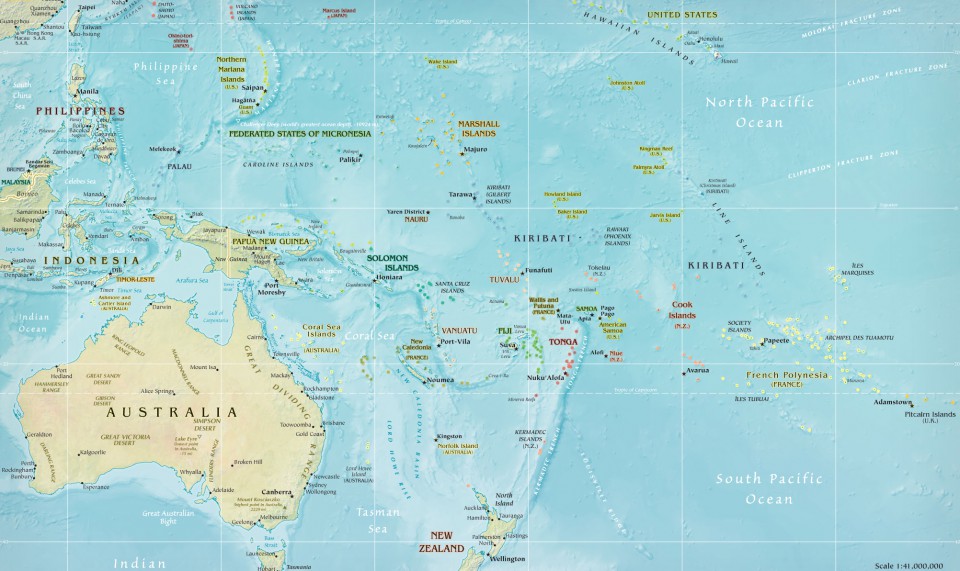Sidney J Baker’s name began appearing in the book review section of the Sydney Morning Herald from February 1952, building on his reputation as a journalist and linguist, he is renowned for his collections of Australian slang. Baker formed the hypothesis that language evolved from peoples’ experiences of their new environment. In 1941 Baker had received a Commonwealth Literary Grant of 250 pounds to complete his work on Australian slang. Baker’s interest in language also marks appeciation of the transition people had to make from one culture and country to another. He recognized that migration did not mean exact transplantation, but that in the hiving away new developments occurred. From their arrival in 1700 Settler Colonials, the British migrants in a land far away from Home in England, found new words to describe their activites and sentiments, drawing from their own backgrounds and their interchange with indigenous people. Their’s was a singular langauge, indicating the emergence of a separate ‘Aussie’ identity. They were in a land far from their British roots. Baker’s question, at its root, is about how people responded, consciously and unconsciously. Language was an indicator.
His work struck a chord with readers. His books were widely read, he was in demand as a lecturer and commentator. He gained more work in his profession. A look through the Autralian National Lirary’s digitised newspaper collection, TROVR shows that in 1952 he had landed a job as a resident journalist with the Herald. We wsee that every week from February 1952 a feature article apeared, whether it was a book review, commentary on an idea aor further work on language or exploration. His interest in the mind is apparent in his carefully written article on the history of hypnotism prompted by a Bill then before the British House of Commons. There is a biographical study to be written about Baker, who seems to have had left wing views as his article unionisation of art reflects.
Baker was also an editor, the International Journal of Sexology, published in Bombay from 1948, a reflection of his long standing interest in psychoanalysis. It is unclear how he made its acquaintance. It is possible that Lotte Fink, a colleague on the editorial staff of the International Journal of Sexology, responded to his curiosity. Fink’s husband, Siegfried Fink, a Sydney based neurologist and psychoanalyst, was an Associate of the Swiss Psychoanalytical Society, prior to the family’s escape to Australia. He retrained as a medical practitioner in order to continue psychoanalytic practice in Australia and was a founder member of the Australian Society of Psychoanalysts founded in 1952.
It is not surprising then that the first volume of Ernest Jones’s biography of Sigmund Freud was *the* Book of the Week in the the Sydney Morning Herald on Saturday 1 May 1954. ‘Freud was a man who “troubled the sleep of the world” by probing into the deep levels of human motivation. He was the first man to formulate methods of effecting radical changes in human personality. He explored and charted the unconscious. Herevealed the nature of infantilesexuality.’ Baker goes on: ‘for all the immense importance of these matters, however, Dr. Jones sees his greatest scientific deeds as his development of the “free association method” of analytical treatment and his self-analysis, which began in 1897’. 1897 is regarded by Jones as the ‘acme’ of Freud’s life.
Baker recalls meeting Ernest Jones ‘ a puckish old man and international authority on ice skating’ at a meeting of the British Psychoanalytical Society during his visit to London in 1951. There is is no better authority on Freud, Baker continued. He was the ‘oldest colleague of Freud’s still alive’. Baker details Jones’s account of Freud’s early life from 1856 to 1900, when ‘The Interpretation of Dreams’ was published. Baker picks up on Jones’s account of Freud’s travel phobias, anxiety and depression, to wonder for himself about the effect of early experiences in Freud’s life upon his later. And whether it was possible that events in Australia could have had an influence in Freud’s life. It is an interesting point. Transnational linkages in knowledge, news, trade, and culture have been occurring for a long time. Or is it an acknowledgement of the greatness of Freud’s thought he finds reflected in Jones’s work?
Here is Baker’s final paragraph.
Australian readers may find special interest in this study because it seems highly probable that this country had an influence in shaping Freud’s character. It came about this way: His father, Jakob Freud, was a woolmerchant in the Moravian town
of Freiberg when Sigmund was born] in 1856. As increasing sup plies of Australian wool fed the English market, imports from the Continent declined. Freiberg was among the centres affected. Things went so badly for Jakob Freud that, in 1859, when Sigmund was aged three, the family moved first to Leipzig and then to Vienna. Since Freud has taught that “the essential foundations of character are laid down by the age of three and that later events can modify but not alter thetraits then established”, one may suspect that this event, involving a break with the home of a happy childhood, left a perma-nent mark on Freud’s personality.
The entire review, complete with illustrations, can be
read here.
Baker followed up with his own research. His early psychobiography My Own Destroyer , a psychoanalytic study of the explorer Matthew Flinders was published by Angus and Robertson in 1962.
References:
BOOKS OF THE WEEK (1954, May 1). The Sydney Morning Herald (NSW : 1842 – 1954), p. 10. Retrieved December 15, 2019, from http://nla.gov.au/nla.news-article27518122
FINK Siegfried born 7 March 1893; nationality German; FINK Lotte Augusta, age 41; FINK Ruth Annette, age 7, NAA: A997, 1938/174
“HERALD” SATURDAY MAGAZINE (1952, March 15). The Sydney Morning Herald (NSW : 1842 – 1954), p. 9. Retrieved December 15, 2019, from http://nla.gov.au/nla.news-article18250066
Cut-Rate Art For Everyone (1952, April 12). The Sydney Morning Herald (NSW : 1842 – 1954), p. 6. Retrieved December 15, 2019, from http://nla.gov.au/nla.news-article18261550
